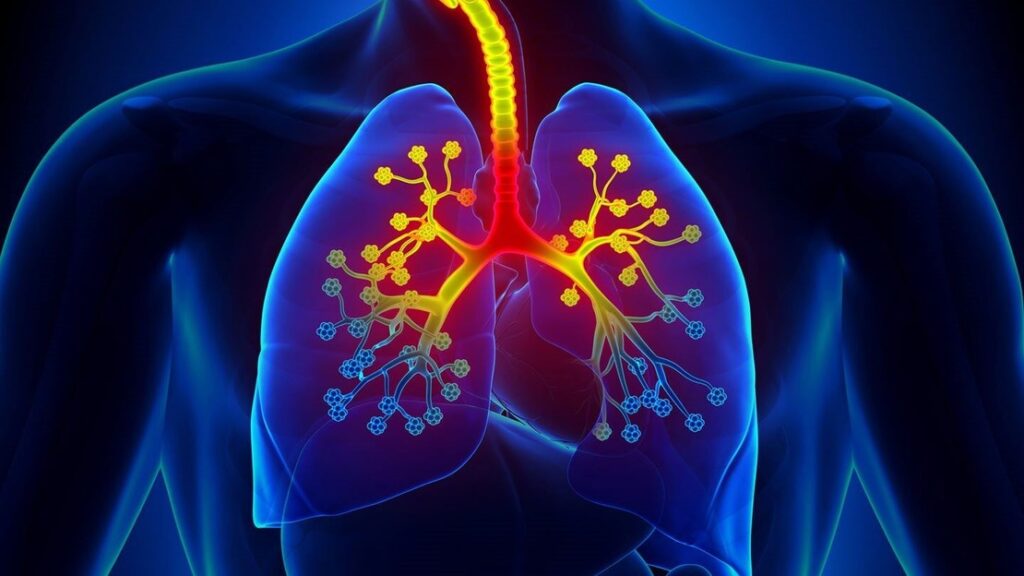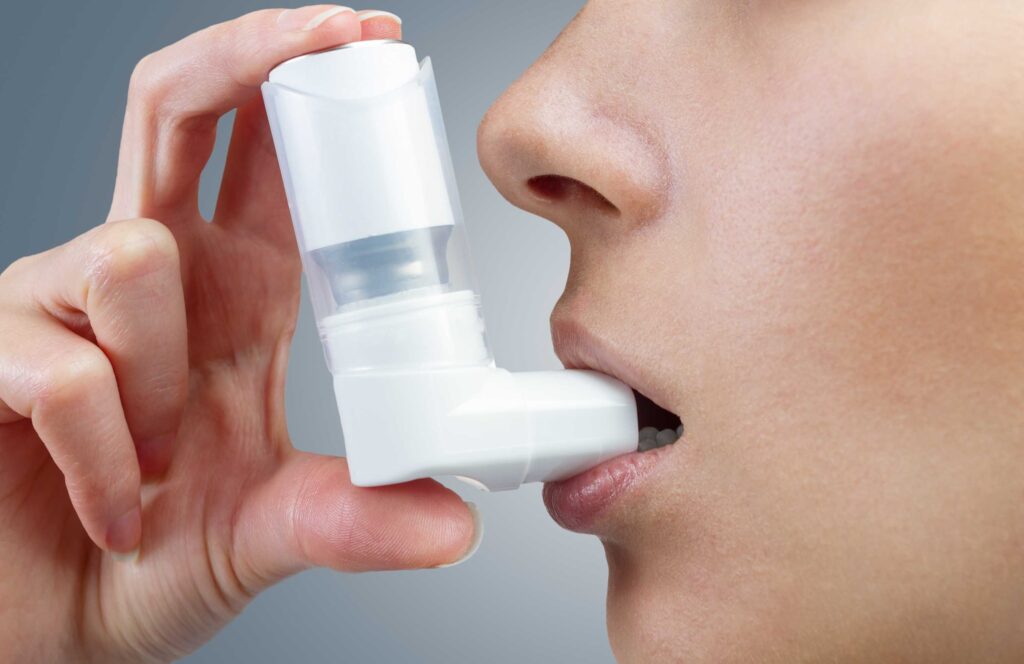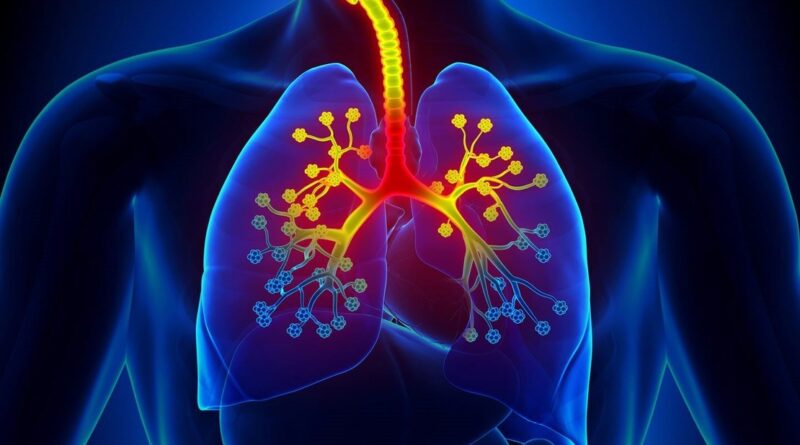THE TREATMENT AND CURE FOR ASTHMA FOUND!
Asthma is a chronic lung disease affecting people of all ages. It is caused by inflammation and muscle tightening around the airways, which makes it harder to breathe.
Symptoms can include coughing, wheezing, shortness of breath and chest tightness. These symptoms can be mild or severe and can come and go over time.
Although it can be a serious condition, it can be managed with the right treatment. People with symptoms of asthma should speak to a health professional. Currently no detected cure but it can be managed.

Asthma is often under-diagnosed and under-treated, particularly in low- and middle-income countries.
People with under-treated asthma can suffer sleep disturbance, tiredness during the day, and poor concentration. Sufferers and their families may miss school and work, with financial impact on the family and wider community. If symptoms are severe, these people may need to receive emergency health care and they may be admitted to hospital for treatment and monitoring. In the most severe cases, asthma can lead to death.
Symptoms Of Asthma
These Symptoms can vary from person to person. Symptoms sometimes get significantly worse. This is known as an asthma attack. Symptoms are often worse at night or during exercise.
common symptoms include:
- a persistent cough, especially at night
- wheezing when exhaling and sometimes when inhaling
- shortness of breath or difficulty breathing, sometimes even when resting
- chest tightness, making it difficult to breathe deeply.
Some people will have worse symptoms when they have a cold or during changes in the weather. Other triggers can include dust, smoke, fumes, grass and tree pollen, animal fur and feathers, strong soaps and perfume.
Symptoms can be caused by other conditions as well. People with symptoms should talk to a healthcare provider.
Causes Of Asthma
Many factors have been linked to an increased risk of it’s development, although it is often difficult to find a single, direct cause.
- Asthma is more likely if other family members also have asthma – particularly a close relative, such as a parent or sibling.
- It is also more likely in people who have other allergic conditions, such as eczema and rhinitis (hay fever).
- Urbanization is associated with increased asthma prevalence, probably due to multiple lifestyle factors.
- Events in early life affect the developing lungs and can increase the risk of asthma. These include low birth weight, prematurity, exposure to tobacco smoke and other sources of air pollution, as well as viral respiratory infections.
- Exposure to a range of environmental allergens and irritants are also thought to increase it’s risk, including indoor and outdoor air pollution, house dust mites, molds, and occupational exposure to chemicals, fumes or dust.
- Children and adults who are overweight or obese are at a greater risk of asthma.
Treatment And Cure
Asthma cannot be cured but there are several treatments available. The most common treatment is to use an inhaler, which delivers medication directly to the lungs.
Inhalers can help control the disease and enable people with this disease enjoy a normal and active life.

There are two main types of inhaler:
- bronchodilators (such as salbutamol), that open the air passages and relieve symptoms and
- steroids (such as beclometasone) that reduce inflammation in the air passages, which improves it’s symptoms and reduces the risk of severe asthma attacks and death.
People with asthma may need to use their inhaler every day. Their treatment will depend on the frequency of symptoms and the types of inhalers available.
Using an inhaler can be difficult, especially for children and during emergency situations. Using a spacer device makes it easier to use an aerosol inhaler. This helps the medicine to reach the lungs more easily. A spacer is a plastic container with a mouthpiece or mask at one end and a hole for the inhaler in the other. A homemade spacer, made from a 500ml plastic bottle, can be as effective as commercially manufactured spacers.
Access to inhalers is a problem in many countries. In 2021, bronchodilators were available in public primary health care facilities in half of low- and low-middle income countries, and steroid inhalers available in one third.
It is also important to raise community awareness to reduce the myths and stigma associated with asthma in some settings.
Self care;
People with asthma and their families need education to understand more about their ailment. This includes their treatment options, triggers to avoid, and how to manage their symptoms at home.
It is important for these people to know how to increase their treatment when their symptoms are worsening to avoid a serious attack. Healthcare providers may give an asthma action plan to help people with asthma to take greater control of their treatment.
Content Credit:
| Oyedepo Fifedoyinsola
World Health Organization | https://www.who.int/news-room/fact-sheets/detail/asthma#:~:text=Overview,of%20breath%20and%20chest%20tightness.
Picture Credit:
Metropolis | https://www.metropolisindia.com/blog/preventive-healthcare/everything-about-asthma
CNN | https://edition.cnn.com/2019/10/30/health/asthma-greener-inhalers-intl-scli/index.html




